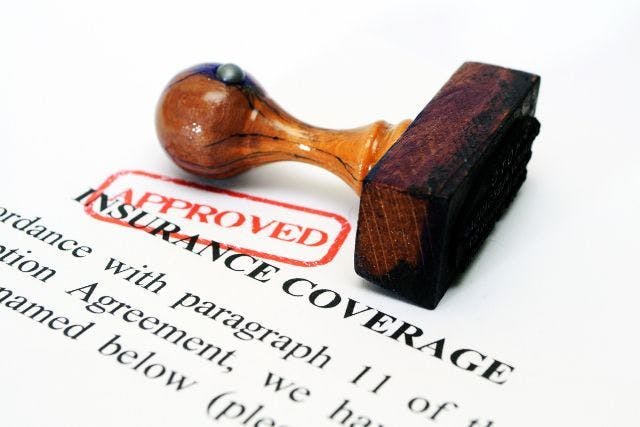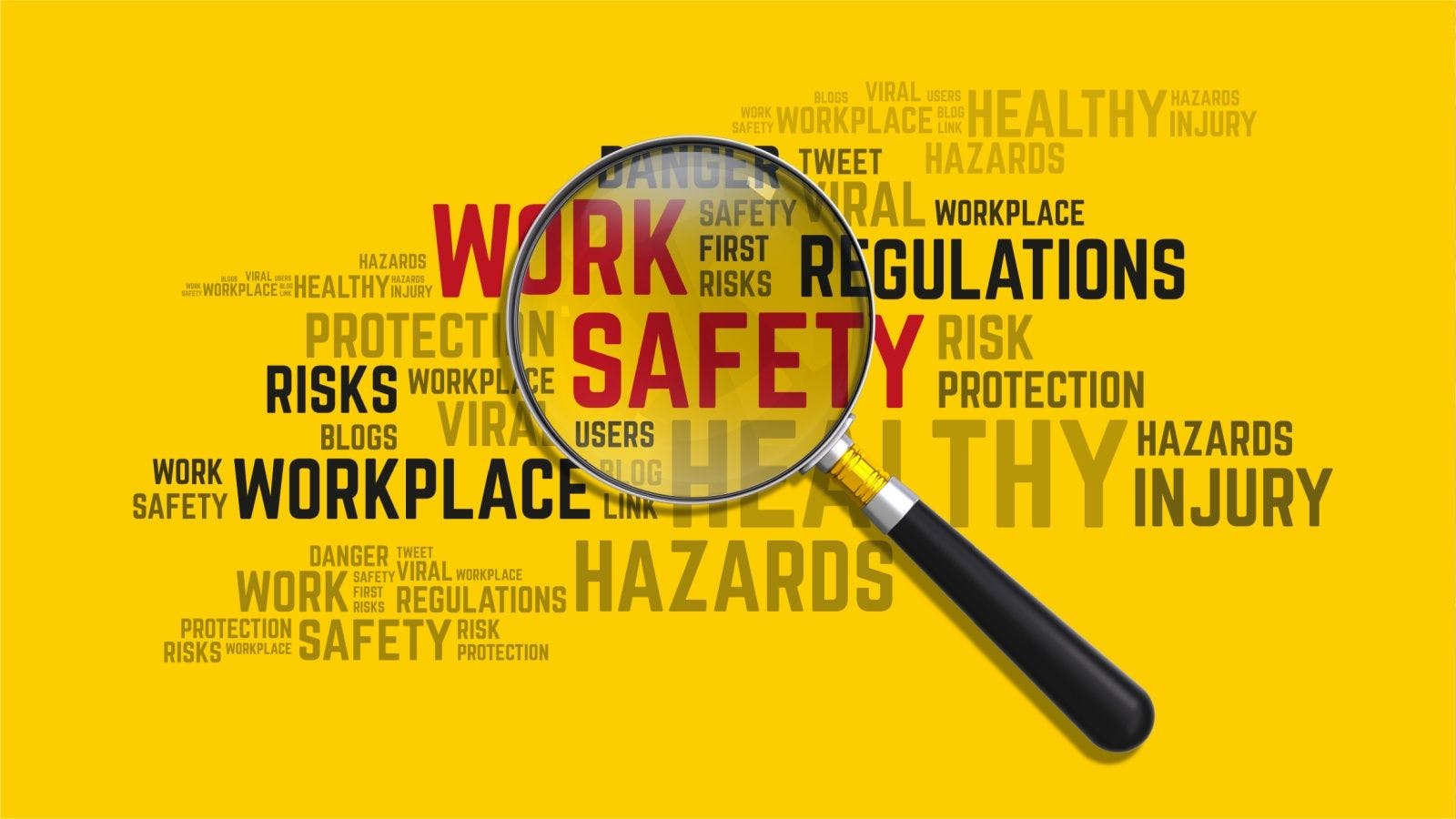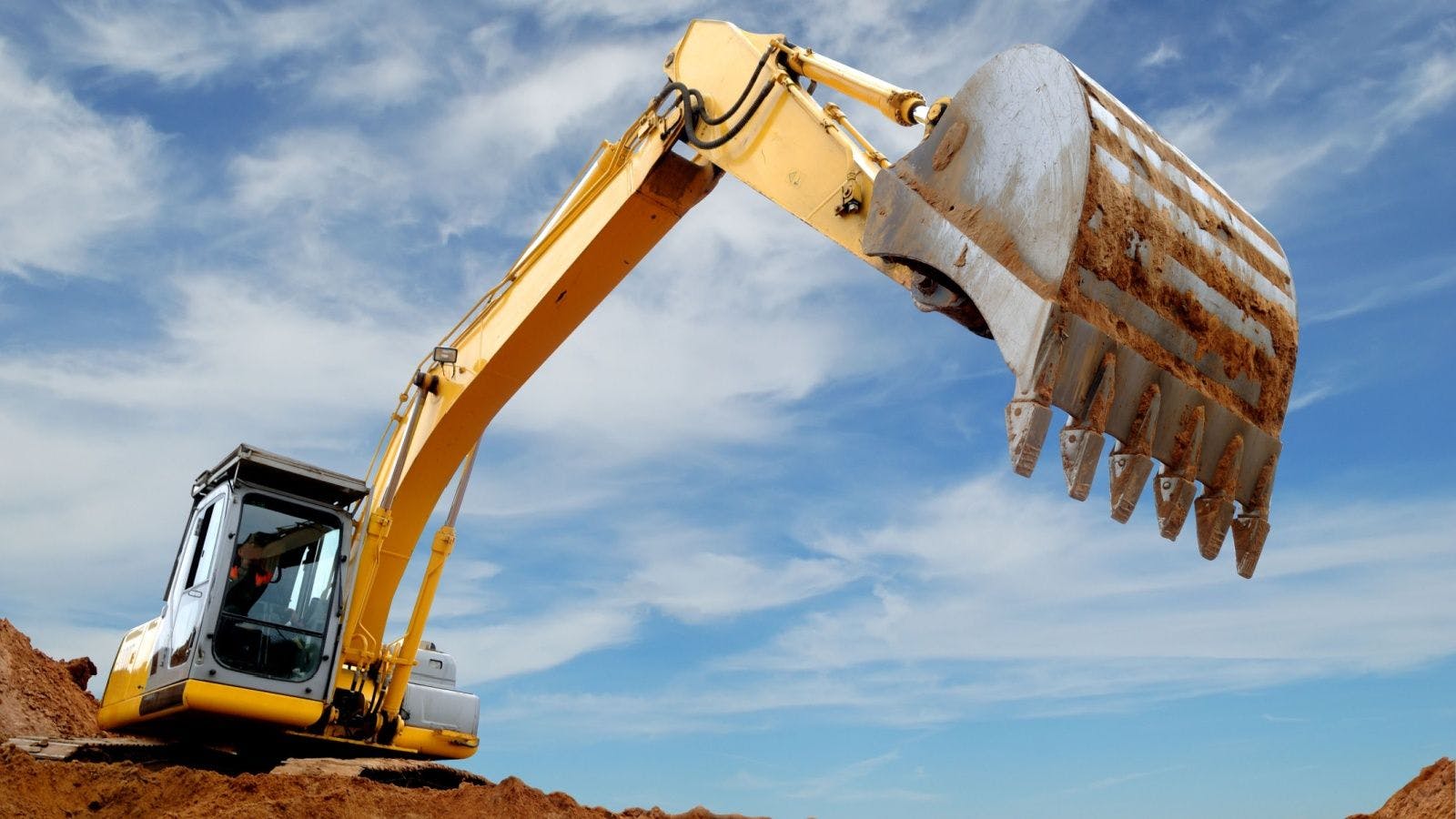
Invest in Wildfire Protection Techniques to Reduce Insurance Costs
Over the past decade, wildfires have grown in size, duration and destructiveness due to the boom in biomass fuel production, changing climate conditions, rising temperatures, widespread drought and earlier snowmelt. Human error also has caused growth in the number of wildfires in recent years. From 2014 to 2017, the frequency of fires in the United States has been increasing at an estimated annualized rate of 5 percent burning more than 13.7 million acres, according to the National Interagency Fire Center.
The surge in wildfires has increased the risk of property damage to structures and land in proximity. To mitigate the potential for loss, greater investments are being made in damage protection services. Furthermore, as municipalities modernize regulations amid the rising number of wildfires, contractors and property managers are racing to ensure their buildings are retrofitted with the appropriate fire protection apparatuses.
Regulation and the Inflating Cost of Fire Protection
Assuming that early 2017 wildfire growth trends continue, commercial and industrial property damage could increase. Due to this potential risk, associated overhead costs are expected to rise, thereby harming businesses’ bottom lines. For example, the price of property insurance is expected to increase 1.9 percent in 2017, largely in response to rising fire damage risk levels, which will contribute to businesses’ growing operating costs.
Generally, insurance prices differ based on the buyer’s location. For buyers with property in a high-risk area, for example, insurance coverage is generally more expensive. That being said, insurance is on average higher in the western region of the United States, where the number of wildfires has skyrocketed. Businesses in this region face the greatest risk of wildfire damage and therefore pay higher premiums for coverage.
The rise in wildfires has also resulted in a spike in wildfire prevention, fire suppression and damage restoration costs incurred by state and local municipalities. As their budgets tighten and the number of fires rise, state and local governments increase regulation regarding property protection. Through the passage of modified fire prevention and safety codes, municipalities can lower the risk of collateral damage to residential and nonresidential properties.
To this end, through the National Fire Protection Agency, municipalities have been adopting guidelines for the installation and inspection of fire safety devices. Now, fire extinguishers, alarms and sprinklers are inspected at least once a year. Such amendments to fire safety codes and the upsurge in the value of losses incurred by wildfires have prompted more businesses, property managers and municipalities to invest in updated fire protection products. Consequently, as demand for these products grows, prices also increase.
Similarly, changes to the International Building Code and Uniform Building Code also have impacted construction project costs. Building fireproofing services help buyers prevent fires from entering or spreading inside of their residential structures, businesses, factories or warehouses. Services provided include dense concrete, intumescent and cementitious fireproofing, as well as the application of spray-on foam insulation and other customized coatings.
Building codes have been altered to make fireproofing a mandatory part of building construction, primarily in the West. This change has led to an increase in fireproofing construction services to be completed as part of a renovation, general maintenance or new build. As a result, the price of building fireproofing services has been increasing at an estimated annualized rate of 3.7 percent from 2014 to 2017, thereby pushing up overall construction project costs. If building owners are noncompliant with local and state fire codes, government entities have the authority to issue fines or even shut down the buyer’s place of business.
Short-term Costs Lead to Long-term Savings
The increased risk of property loss due to fire damage and the growing costs of fire damage mitigation incurred by businesses and municipalities have defined the fire protection sector during the past three years. As the number of wildfires and value of losses have skyrocketed, the costs to protect properties have increased, especially for the most vulnerable firms in high-risk areas. Buyers need to become more strategic in sourcing property protection to lower their risk levels.
A resulting benefit, according to insurance providers, is that buyers of property insurance may qualify for lower premiums based on the enhanced safety measures they put in place, including sprinkler and fire detection systems in the insured building.
Related stories








